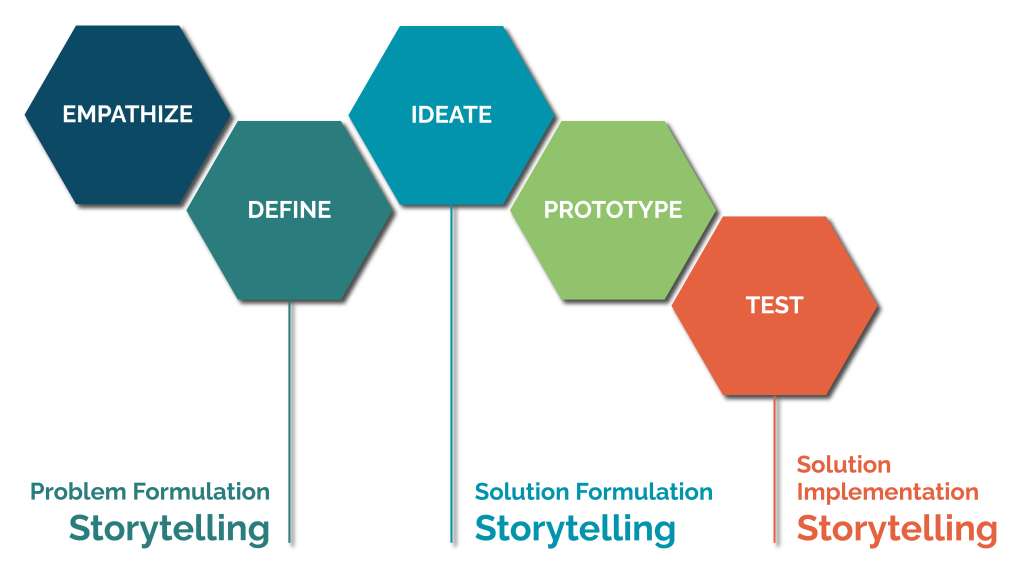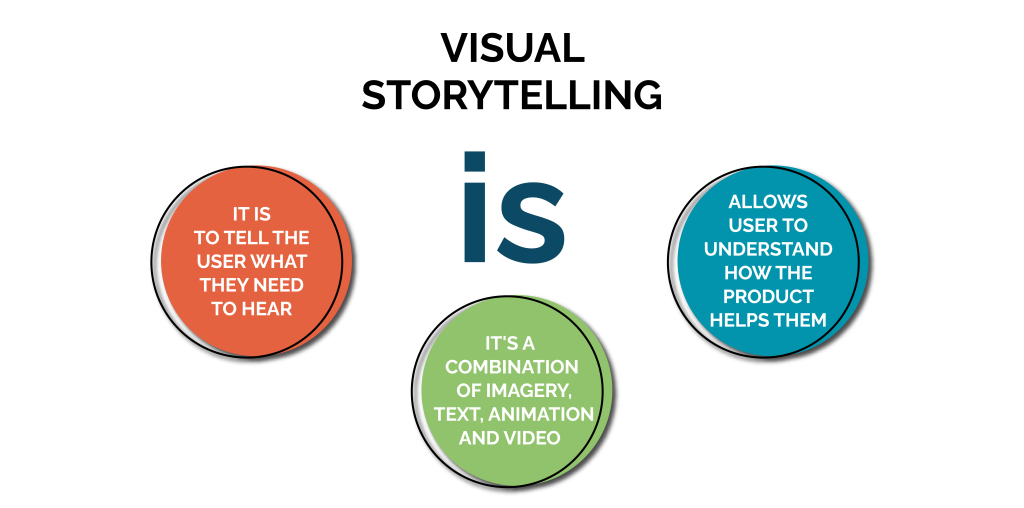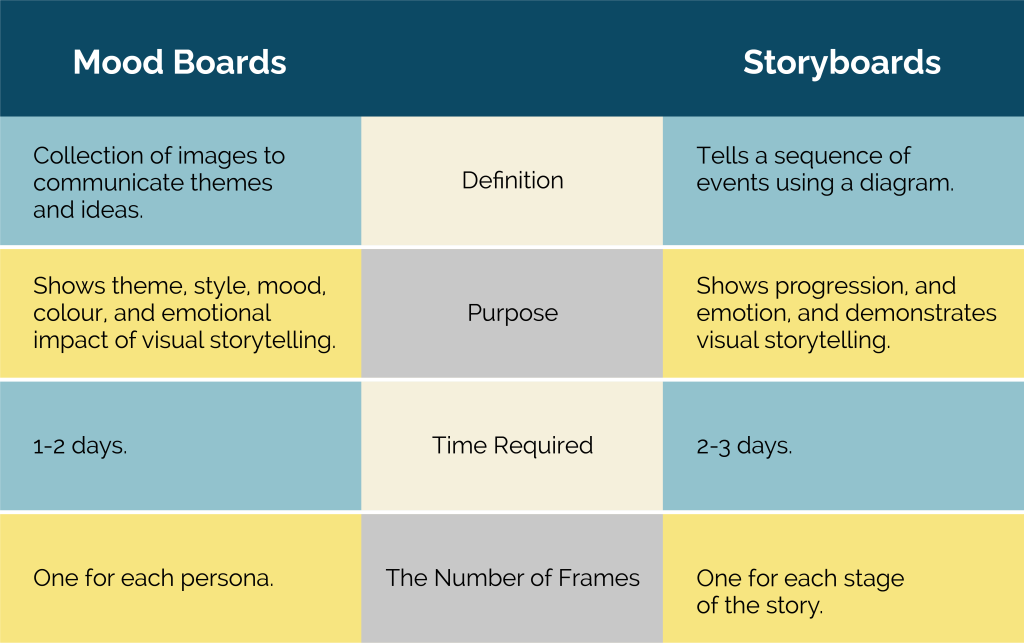What is Storytelling?
In today’s day and age, brands are selling much more than a stand-alone product; they’re also selling potential realities. Companies make subtextual promises when marketing to potential consumers, and people buy products because they want to embody the brand’s story. Successful activewear companies sell items by showing potential buyers a paragon of fitness and health, not to shame them into buying, but to emphasize, ‘This could be you!’. Belief in this story begins long before the end user; it starts with interdepartmental teams, stakeholders, and clients.
“I’ m writing my story so that others may see fragments of themselves,” Lena Waithe, screenwriter.
Design is the birthplace of a company story, which can find its beginnings in User Experience (UX) storytelling. To create an exceptional product, designers must consider the experience or story they want to unfold around a product. Every production level uses this story to help the collective vision of the product.

How to use Storytelling, and why?
The benefits of storytelling are best showcased by examining the elements of creating a story for design. When reduced to its basics, there are three key things to consider.
- UX personas play characters. They help the audience empathize with the user and create more valuable products. Perhaps the persona is a young businesswoman called Hannah, who struggles to leave her pet at home during the workday. She worries about something happening to them at home while she’s away, which creates stress.
- The Plot is why a person needs the product we’re designing. Take our example, Hannah. She sees an advert for our product, an app-based home camera designed for monitoring pets. She buys the camera and tests it out throughout her workday. Her phone buzzes if there’s a loud noise, or lots of movement, which lets her concentrate on work, assured that her pets are fine.
- The Setting is the envisioned place for users to use the product. In Hannah’s case, this is probably in her office, where the app must have a long-range video stream that she can access anywhere. What if she uses it on the train? Or abroad? Consider how this would change the design.
Having characters, a setting and a plot is half of the storytelling process; the other half lies in rules and techniques.
Rules for Storytelling
The next things to consider are rules, which ensure the story is useful for the team. Without them, it’s easy to overlook necessary details or be tempted into including useless information.
Design for the user’s needs.
Creating a product that doesn’t meet the right needs will ground a project before it hits the runway. To be aware of what a user wants from a product, we must focus on meeting the persona’s needs and avoid their dislikes. Our example persona, Hannah, needs to trust her camera and have a good video stream throughout the day. If she doesn’t feel like the product does this, she’ll stop using it and look elsewhere.
Speak the user’s language.
Using UX design terms when making a product for non-design professionals will alienate potential users and dissolve the credibility the potential user places in your company. To avoid this, we should use the language the customer uses appropriately. We need to take a pet-focused approach with Hannah, and notifications should use mild language like, “We’re playing!”. If we were designing a home security app, the language needed would be more direct.
Use data, not speculation.
Like designing a UX Persona, when storytelling, designers must base the plot, setting, and characters on accurate data; this data can be drawn from in-depth interviews, market research, or customer service logs and should be used to create a story that mirrors the actual customer experience as much as possible.
Equally, UX designers should create physical references and data logs throughout the storytelling process. Resources like storyboards, mood boards, and team brainstorms can be raised in later meetings as a point of contact or to refresh a colleague’s memory on a story element.
Techniques for Visual Storytelling

Creating a resource for other departments, executives, and clients can take time to approach, even with the above rules and aspects of storytelling. As psychologist D. L. Butler highlighted, visual aids like diagrams, flow charts, and other graphics help communication. If we’re struggling to find the words to explain a concept to another person, we can defer to a visual storytelling resource.
Visual storytelling is a story told through visual media, such as graphics, videos, or pictures. They can be used in-house or shown to clients to help them visualize the product in their daily lives. Two examples of visual storytelling resources are mood boards and storyboards.

The table above is an excellent demonstration of the impact visual aids can have when conveying information. It makes comparing the two techniques easy to understand and eliminates unnecessary and confusing words.
Tying up Storytelling in UX Design
When creating a tailored user experience, there is no better tool than Storytelling. It’s inclusive, research-driven, and forces the designer to empathize and create with a solid user in mind. Done well, storytelling can elevate an excellent product to a great one, and it’s fun!
To find out more about storytelling in design, get in touch with our UX experts; we’d love to chat.
Knowing the story of the user and their need for the product is at the heart of great UX design, but how and why do we write that story? Please find out the rules and techniques we use when storytelling below.

